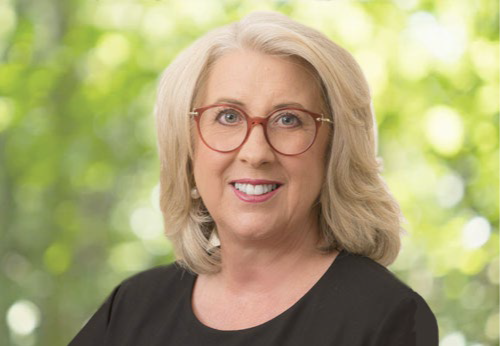Both parents are responsible for financially supporting or maintaining their children. The laws covering child support are the Child Support (Registration and Collection) Act, 1988 and the Child Support (Assessment) Act, 1989.
Child support – how much is paid by each parent for the needs of the child – is calculated by looking at each parent’s income, each parent’s expenses and the amount of care each parent provides. First each parent’s “child support income” is considered. This is the parent’s taxable income , minus what he or she needs to support him or herself . So if a mom makes $35,000 a year and needs $20,000 to live on, her child support income is $15,000. These two incomes are then added together to determine how much total child support is available from both parents combined.
Each parent’s individual child support income is divided by the total child support amount to figure out what percentage of each parent’s income should go to child support. This is called the “income percentage”.
Then child care is taken into consideration. The parent taking greater care of the child is making a financial contribution that is also recognised and that parent is entitled to pay less child support. This is called the “care percentage” and it’s based on the number of nights a child spends with each parent. This is used to determine how much that care costs in actual dollar terms. The Department of Human Services has a fixed chart to make this determination. This number, which is a percentage, is called the “cost percentage”. This cost percentage for each parent is then subtracted from each parent’s income percentage. If the number is negative, this indicates they are providing most of the child care and they do not need to pay child support. If the number is positive, this is the parent who will pay child support.
The next step is to figure out the actual cost for each child, which is based on the parent’s combined child support income, the number of children and their ages. There is a fixed chart that is updated each year.
The final amount to be paid is calculated by multiplying the child support percentage (of the parent with the positive percentage) by the costs of the child.
The Child Support Agency provides a clear, thorough example to demonstrate exactly how the process works, brought below.
M and F have three children, A aged 9, B aged 7, and C aged 5, who live mostly with M. The children spend 75 nights a year with F, who has regular care of the children. M has an adjusted taxable income of $30 000 and F has an adjusted taxable income of $50,000.
Step 1:
Work out each parent’s child support income by deducting the self-support amount of $18,252 from their adj
usted taxable income.
M has a child support income of $11,748 ($30,000 less $18,252)
F has a child support income of $31,748 ($50,000 less $18,252)
Step 2:
Work out the parents’ combined child support income.
$11,748 + $31,748 = $43,496
Step 3:
Work out each parent’s income percentage.
M = $11,748 ÷ $43,496 x 100 = 27.01%
F = $31,748 ÷ $43,496 x 100 = 72.99%
Step 4:
Work out each parent’s percentage of care for each child.
M has care of all the children for 290 nights, 79.45% of the nights, rounded to a care percentage of 80%.
F has care of all the children for 75 nights, 20.55% of the nights, rounded to a care percentage of 20%.
Step 5:
Work out each parent’s cost percentage for each child by looking up the table in section 55C.
M has a cost percentage of 76%
F has a cost percentage of 24%
(Note: a percentage of care is calculated for each child. As the care arrangements for these children are the same, the percentage is the same for all the children. If there are different care arrangements for different children, then they will have different percentages of care).
Step 6:
Work out each parent’s child support percentage for each child by subtracting their cost percentage for that child from their income percentage. As the care arrangements are the same for all the children we will show the one percentage that is used for all the children.
M = 27.01% – 76% = -48.99%
F = 72.99% – 24% = 48.99%
(This means that F is responsible for 72.99% of the children’s costs because they have 72.99% of the combined child support income. As F meets only 24% of the costs through care they need to transfer 48.99% of the costs to M through child support.)
Step 7:
Work out the costs of each child.
The combined child support income is $43,496.
From the 2012 Costs of Children Table the total costs of the children (three children 12 or under) =
$8,757 + ($0.26 for every $ over $32,433)
$8,757 + ($43,496 – $32,433 = $11,063 x $0.26 = $2,876)
Therefore: $8,757 + $2,876 = $11,633
The cost of each child = $11,633 ÷ 3 = $3,878
Step 8:
Work out the annual rate of child support payable by the parent with a positive child support percentage.
48.99% x $3,878 = $1,900
$1,900 x 3 (children) = $5,700
F is liable to pay M child support of $5,700 (annual rate).
(From “The Guide”, the CSA’s online guide)










